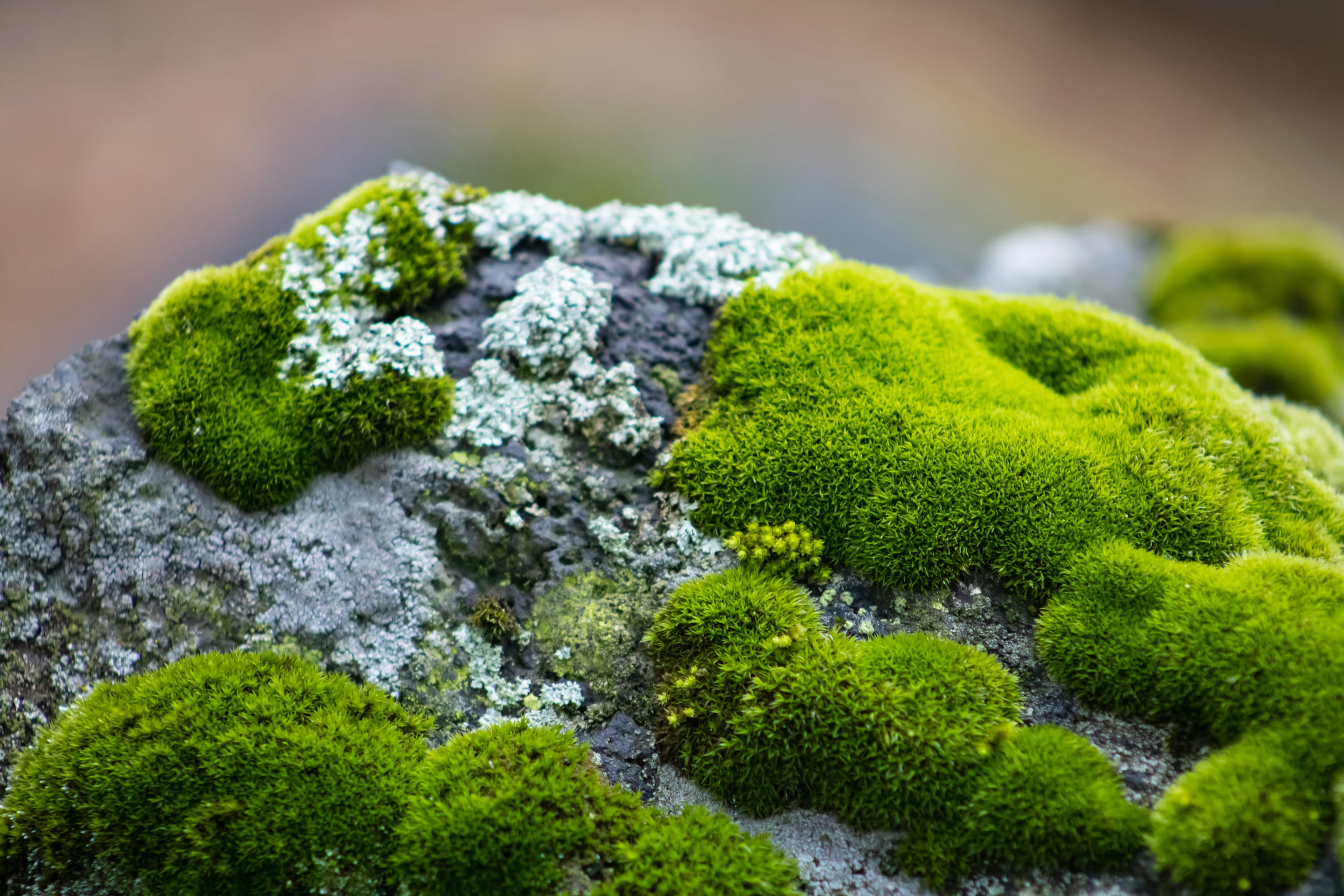
It doesn’t bloom, it doesn’t move, and it doesn’t demand much attention. But in a year marked by heat domes, wildfire haze, and vanishing green space, moss is emerging as a quiet powerhouse in the climate dialogue – a species that doesn’t ask for center stage but may deserve it anyway.
Scientists across climate biology, biomimicry, and urban planning are paying closer attention. The reason is simple and profound: gram for gram, moss can absorb more CO₂ than trees. It is the chance to rethink urban rewilding — especially when the only space left to green is the wall.
In cities like Tokyo, Copenhagen, and Berlin, moss walls are no longer fringe eco-art projects. They’re being used in pilot programs to combat heat islands, filter fine dust, and reduce noise pollution. Moss thrives where others don’t – on concrete, in shadows, without much soil. And because it doesn’t have roots, it doesn't require disruptive planting. It clings and cushions. It cleans quietly.
According to a 2025 report from the Institute for Climate Design, micro-moss installations on building facades can reduce wall temperatures by up to 7°C during peak summer. Meanwhile, urban climate studies published in The Guardian have confirmed that even small-scale moss corridors (like rooftops and alleyways) can significantly improve local air quality.
The carbon math is still evolving. But what we know: one square meter of moss can absorb 20 times more CO₂ than the same area of lawn, especially when hydrated and exposed to steady air flow – making it an unexpected carbon sink with a low maintenance profile. It is the chance to rethink urban rewilding — especially when the only space left to green is the wall.
In the push for climate innovation, we often chase the bold: engineered biochar, satellite farms, vertical algae tanks. Moss offers a counterpoint. A reminder that slowness can be strategy. That resilience doesn’t always roar.
Moss doesn’t need attention. But it does need permission – to grow undisturbed, to be recognised as valuable before it's scrubbed off the wall or sidewalk. In a world quick to industrialise solutions, this might be its greatest challenge: being allowed to simply be.
As biologist Nalini Nadkarni puts it, "Moss is a teacher of patience. It’s not designed to dominate, but to endure." That endurance might be exactly what the climate movement needs more of.
So the next time you see moss on your wall, don’t pull it off. Plant more. Protect it. And pay attention. Some of the most powerful climate allies don’t shout. They whisper – and still manage to heal.